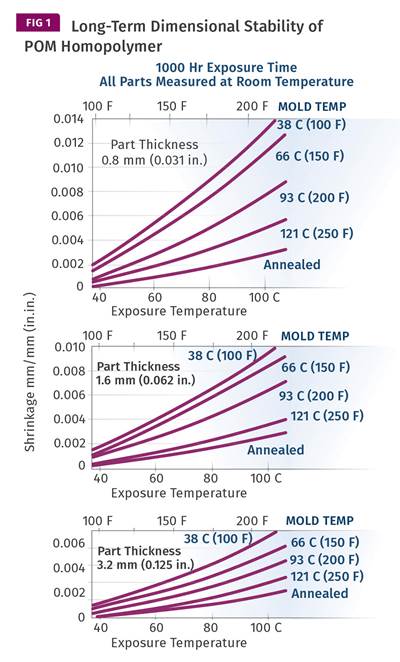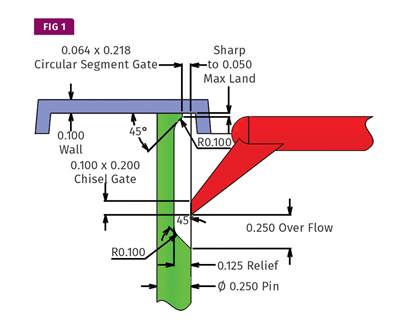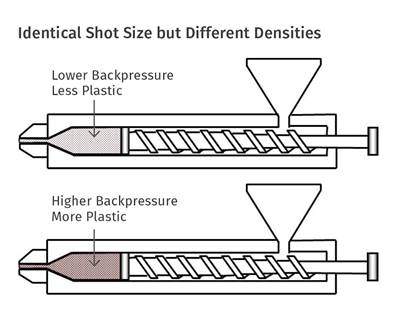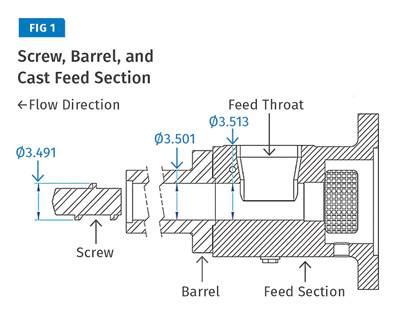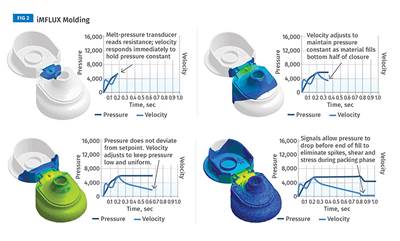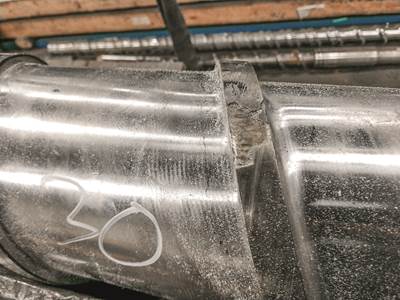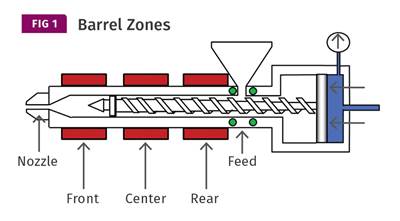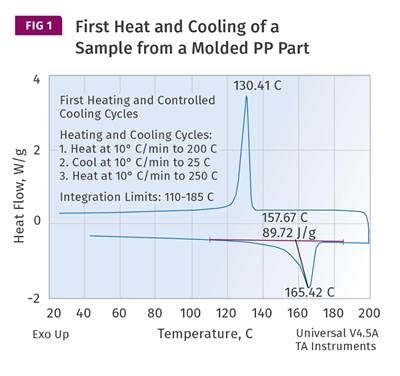processing tips
A Processor's Most Important Job, Part 5: POM Polymers
Using a mold temperature above a polymer’s Tg ensures a degree of crystallinity high enough to provide for dimensional stability, even if the part must be used at elevated temperatures. But POM is an exception. Why?
Read MoreTooling: What You Need to Know About Jump Gates
Many molders don’t care for jump gates because they have to process around them. But here are some tricks of the trade.
Read MoreInjection Molding: How Backpressure Adjustments Influence Shot Size
Raising backpressure results in increasing shot size, which can cause a host of other problems.
Read MoreGW Plastics Bets on Metal 3D Printing
Conformal cooling is goal of big investment at U.S. mold facility.
Read MoreCast vs. Integral: Which Feed Section Is Best for You?
Here are seven factors extrusion processors should weigh to help them decide between cast feed section versus an integral extrusion feed section.
Read MoreA New Way to Mold Better Parts Faster and Easier
A new injection molding process ‘breaks all the rules’ by using low, constant pressure to achieve faster cycles and better-quality parts.
Read MoreTooling: Hot Sprues—Mold a Disk or Not?
Having a hot sprue shut off against the parting line versus intentionally molding a thin disk has been the subject of controversy for many years.
Read MoreExtrusion: Understanding Weld Failures
Hard-surfacing failures without evidence of burrs indicate possible weld bond issues.
Read MoreInjection Molding: How to Set Barrel Zone Temps
Start by picking a target melt temperature, and double-check data sheets for the resin supplier’s recommendations. Now for the rest...
Read MoreA Processor’s Most Important Job, Part 3: Unintended Consequences
Processors are often expected to compensate for ill-advised decisions made earlier in the product-development process. In the case of shrinkage, one of the most common ‘fixes’ is to simply reduce the mold temperature.
Read More